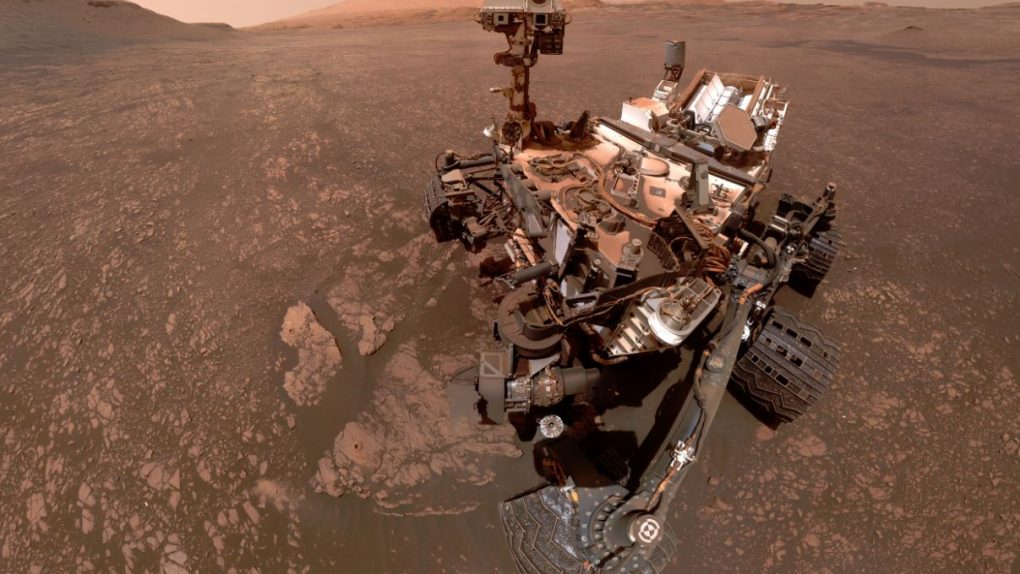- NASA’s Curiosity rover team is working from home, but still controls the robot’s movements on the Red Planet.
- Using video conferencing to coordinate, the team plots and plans commands before sending them into space from the comfort of home.
- The rover is still being as productive as ever, NASA says, and recently drilled for a rock sample using a command sent by NASA employees working remotely.
- Visit BGR’s homepage for more stories.
When NASA announced that it was forcing as many of its employees as possible to work from home amid the novel coronavirus pandemic, the agency also mentioned that staff deemed critical to missions would still be allowed access to NASA’s centers and labs.
Controlling the Curiosity rover on Mars is obviously a critical task, so you might be surprised to learn that the Curiosity mission team isn’t actually coming into work these days. Incredibly, the team is doing all of its rover-related work from the comfort of their own homes, controlling the rover remotely without ever leaving the house.
Typically, the Curiosity team members spend their days at NASA’s Jet Propulsion Laboratory in California. There, computers can beam commands directly to the rover, collect data, and receive images. However, with the work-from-home mandate, the scientists are now doing many of those same things from home.

Shortly after the team members got set up to work remotely, they issued a command to the rover which proved successful. The rover drilled a rock sample using the commands sent not from a NASA facility, but from a desk in a residential home. That’s a big deal, but there are still things that the team simply can’t do without being on-site.
“Not everything they’re used to working with at JPL could be sent home, however,” NASA explains. “Planners rely on 3D images from Mars and usually study them through special goggles that rapidly shift between left- and right-eye views to better reveal the contours of the landscape. That helps them figure out where to drive Curiosity and how far they can extend its robotic arm.”
That high-end equipment is available to them at JPL, but none of the team members have computers beefy enough to run such programs. JPL notes that the hardware is actually designed for gaming — high-end graphics cards pulling most of the weight — but it works just as well for Mars exploration. The science team now uses old-school red/blue 3D images and glasses at home.
Despite the dramatic change of scenery, the Curiosity team is still getting its work done and making the most of the rover’s time on the Red Planet. With as many as 20 people required to plan and test commands before sending them all the way to Mars, video conferences have become the norm, and the constant communication allows the rover to keep doing what it does best.








